Glycogen overload is a familiar term for people who practice endurance sports. What is it really? How do we properly use it? What are its benefits? Here is a simple guide to carbohydrate overload applied to endurance athletes, to help you de-mystify and understand it all.
Where does the body’s energy come from?
The body naturally has increased energy needs when doing any physical activity. This energy ultimately comes from food we ingest daily. During digestion, macronutrients (carbohydrates, fats, and proteins) from food are stored or transported around the body to perform various functions.
Proteins, which are mainly found in meat, fish, nuts, seeds, and legumes are involved in muscle and tissue repair, among other things, and in the formation of new cells. Lipids, which are found in fats from animals (e.g., meat fat) or vegetable fats (e.g., vegetable oil) have several functions, including the transport of certain vitamins, the insulation of the body, and the formation of energy reserves.

Finally, carbohydrates (or sugars) found mainly in fruits, cereal products and dairy products have the role of providing energy quickly to the body. Carbohydrates are usually stored in the liver and muscles in the form of glycogen; A complex form that allows glucose to be rapidly released in the blood stream via a chemical reaction. It’s this glucose that the body uses as its main fuel.
When participating in any sport, the body first uses its glycogen reserves. These are not infinite. In fact, after 60 minutes of physical activity of medium to high intensity (>60% VO2 max: road or trail running, cycling, swimming, etc.), the reserves begin to decrease and are almost completely emptied after 120 minutes.
After 90 minutes of activity, the body begins to draw on its lipid reserves to produce energy: A slow and more demanding process on the body than the use of carbohydrates.
How can you maximize your carbohydrate reserves?
It is possible to optimize our body's glycogen stores in anticipation of a race or sporting event. This makes possible, among other things, to delay the emptying of the reserves; resulting in a reduction of muscle fatigue and an optimization of sports performance.
Basically, the larger the reserves, the more we delay physical fatigue. This is where our famous carbohydrate (or glycogen) overload comes into play: this will allow us to maximize our reserves.

What is exactly a carbohydrate loading?
As mentioned above, carbohydrate overload is a protocol that maximizes the energy reserves (amount of glycogen stored) in the body, in anticipation of a race or endurance sporting event.
The goal is to increase the daily intake of carbohydrates, while limiting the consumption of fats and proteins, 3 days before the race or sporting event. Why 3 days? This is the maximum window for glycogen storage. If the overload is carried out over a longer period, the glycogen reserves will not be greater as saturation has occurred.
The 3 day glycogen overload is usually accompanied by a decrease in training volume in anticipation of the race day. Not only does this give the muscles the necessary rest before the event, but it also allows a more efficient glycogen storage. If we don't train, we don't use our reserves !
How to achieve the carbohydrate loading?
The goal to achieve carbohydrate overload is to aim to consume 10-12 g of carbohydrates per kg of body weight (for a BMI <25) per day. It is also important to limit protein intake to 1 g of protein per kg of body weight (for a BMI <25) per day. This limitation facilitates the ingestion of a sufficient amount of carbohydrates.
For example, an athlete with a weight of 60 kg should then consume about 600-720 g of carbohydrates per day and a maximum of 60 g of protein per day, 3 days before the event.
What foods to consume to achieve a proper carbohydrate load?
To achieve carbohydrate overload effectively, it is important to consume foods containing simple carbohydrates. Simple carbohydrates are low-fiber sources of carbohydrates. These are easily digestible foods and provide a higher amount of carbohydrates per gram.

To accomplish this, we will aim for the consumption of fruits, dairy products and alternatives, and grain products with a low/medium glycemic index. That means more "refined" cereal products containing less dietary fiber.
For example, we’ll want to consume white bread or white pasta instead of whole grain products, for their higher carbohydrate content.
The table below summarizes the main sources of simple carbohydrates that can be consumed during overload:

With the earlier example, our 60 kg athlete should therefore take 20-24 servings in the above choices per day to adequately achieve the carbohydrate overload. The rest of his intakes will be filled with a small quantity of protein (max 60 g / day) and sources of good fats (eg nuts, seeds, fish, seafood, avocados, vegetable oils, etc.). The 3 meals a day accompanied by snacks formula can be kept, but it may be easier during this period to eat small amounts more often (eg 4-5 small meals a day and snacks).
Who can benefit doing an overload?
High glycogen stores obtained through the carbohydrate loading could be harmful for athletes performing short distances. Indeed, each gram of stored glycogen retains 2 to 3 g of water.
The resulting water retention could easily exhaust a runner of short distances, whose running cadence is higher! Glycogen overload is therefore a method used for athletes participating in races longer than 20 km with elevation gain. It is an important strategy to use for ultra-endurance athletes, whose duration of events is several hours, or even days.
 Conclusion
Conclusion
In short, a carbohydrate overload optimizes the body's energy reserves to help you be at the peak of your performance when it counts! It must be carried out with care and precision to be fully effective and is useful mainly for long-distance races. It allows optimal preparation and, combined with good strategies during the event, will allow you to perform to the best of your abilities.


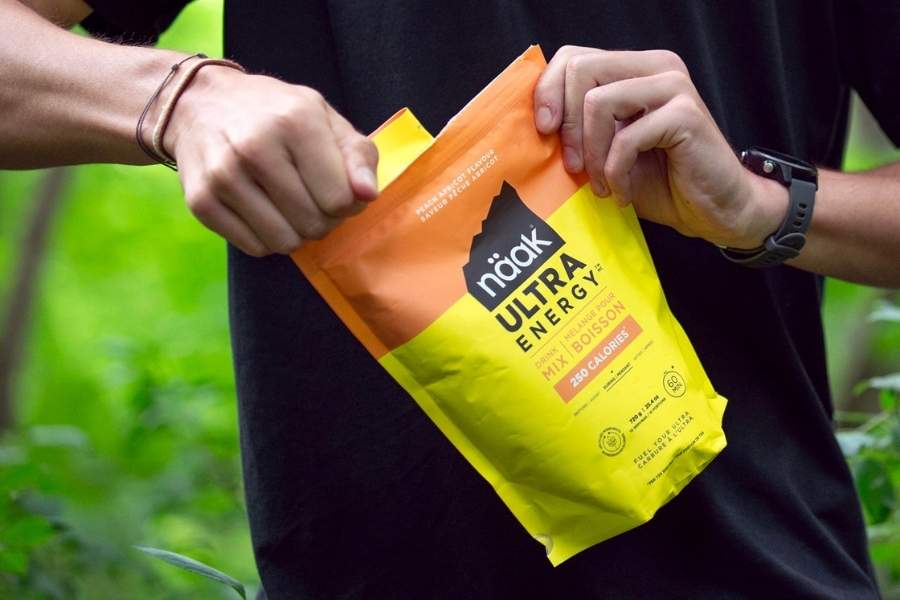
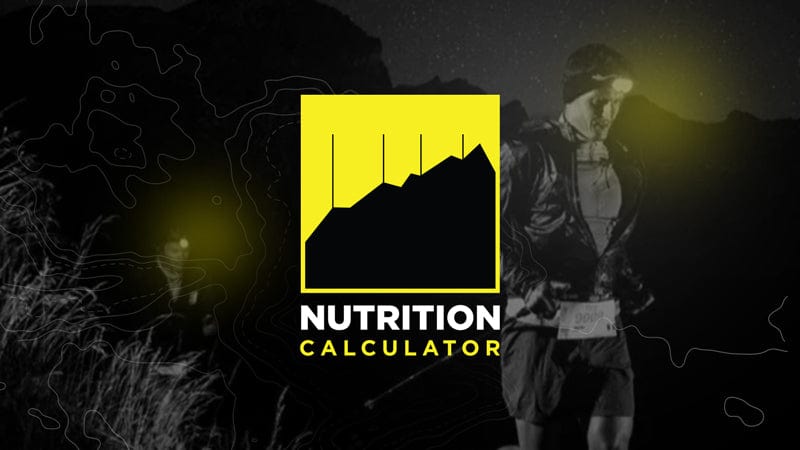
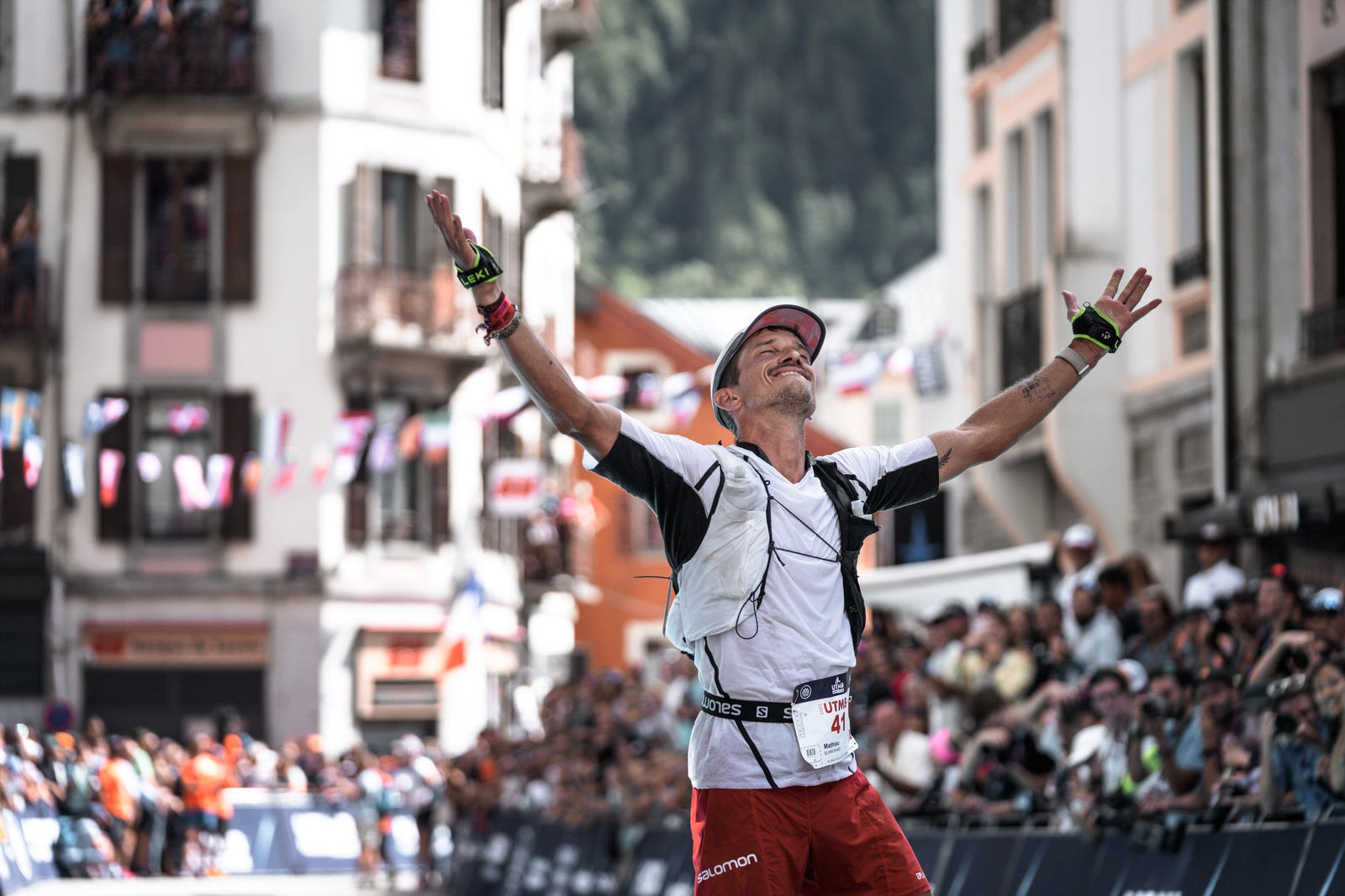


















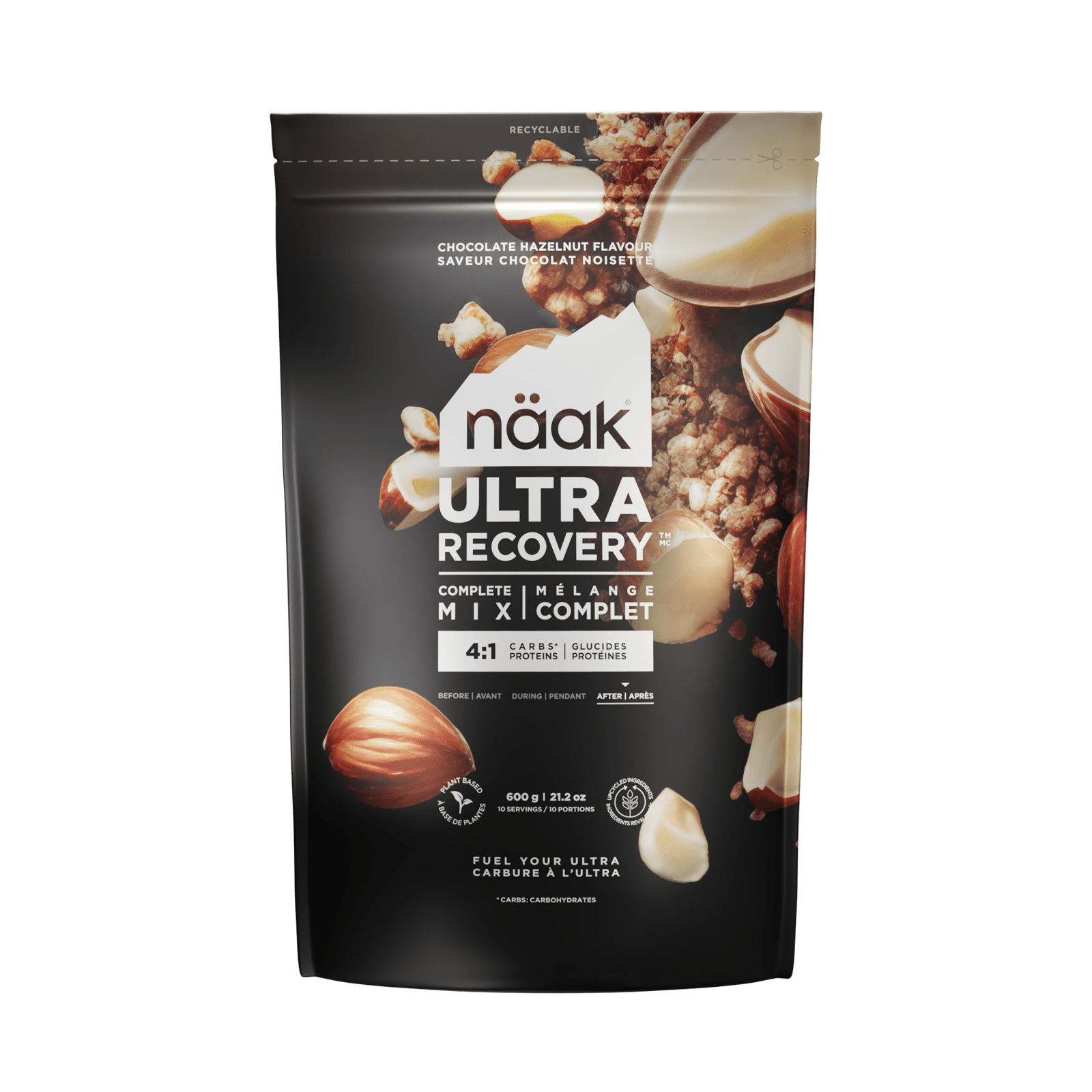
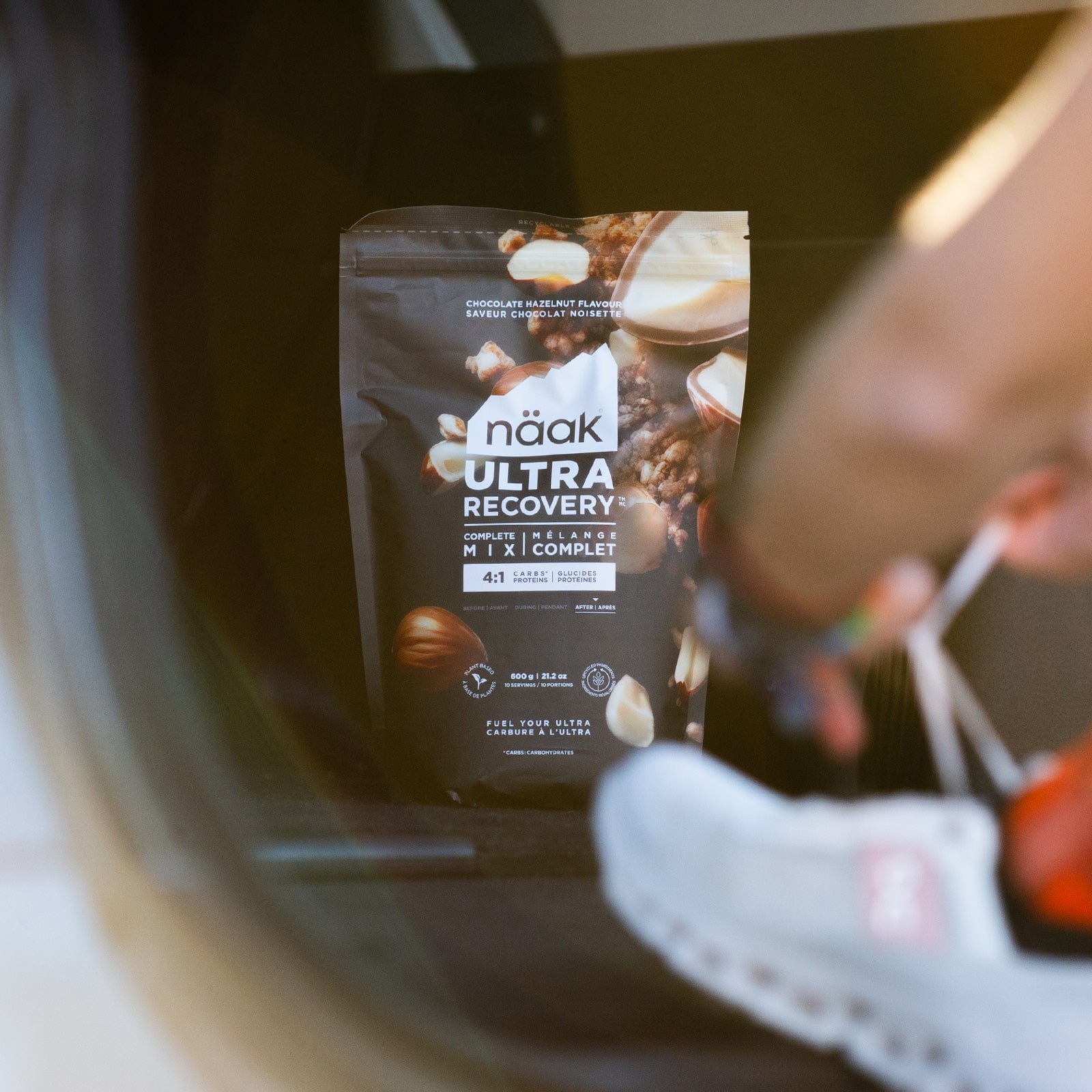
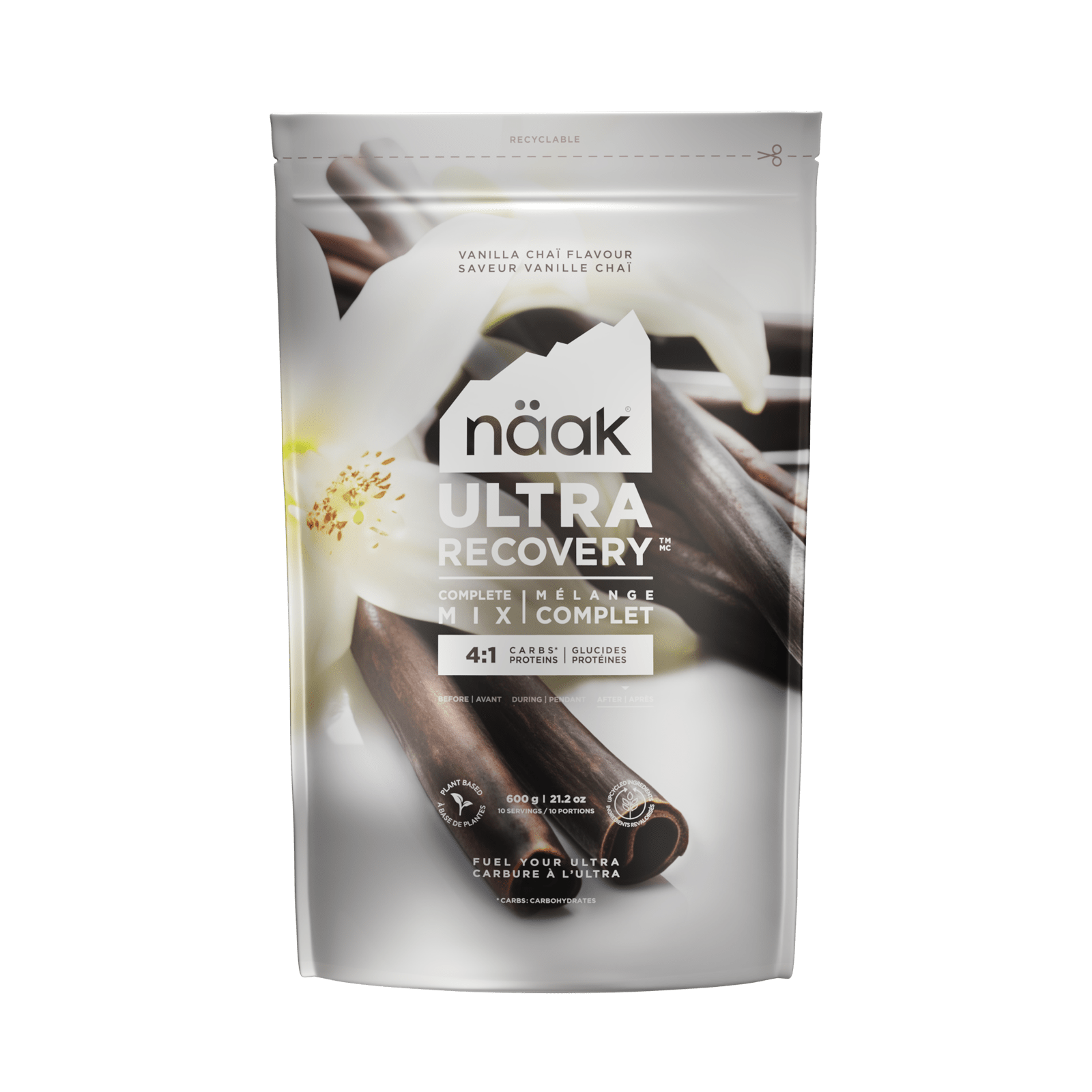
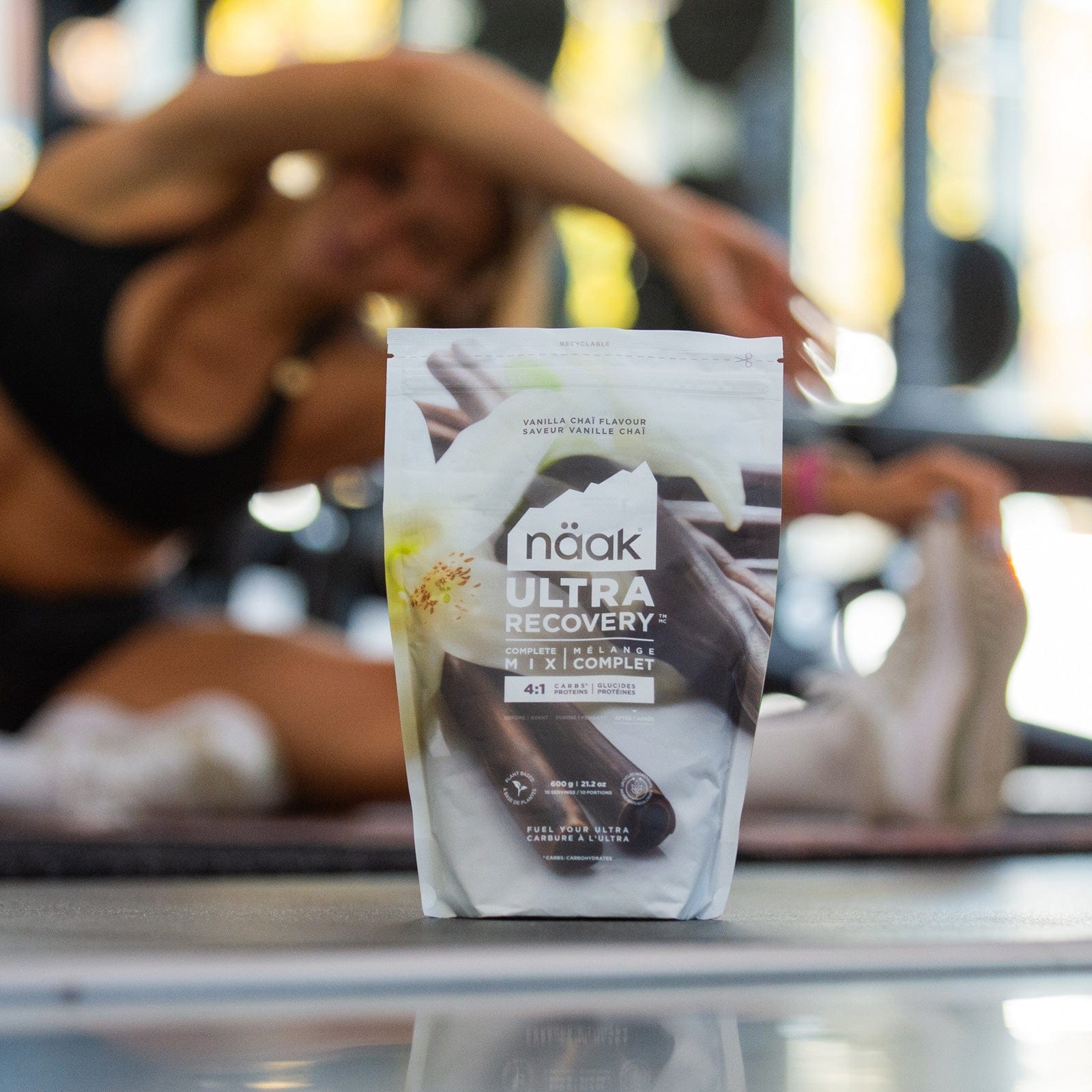


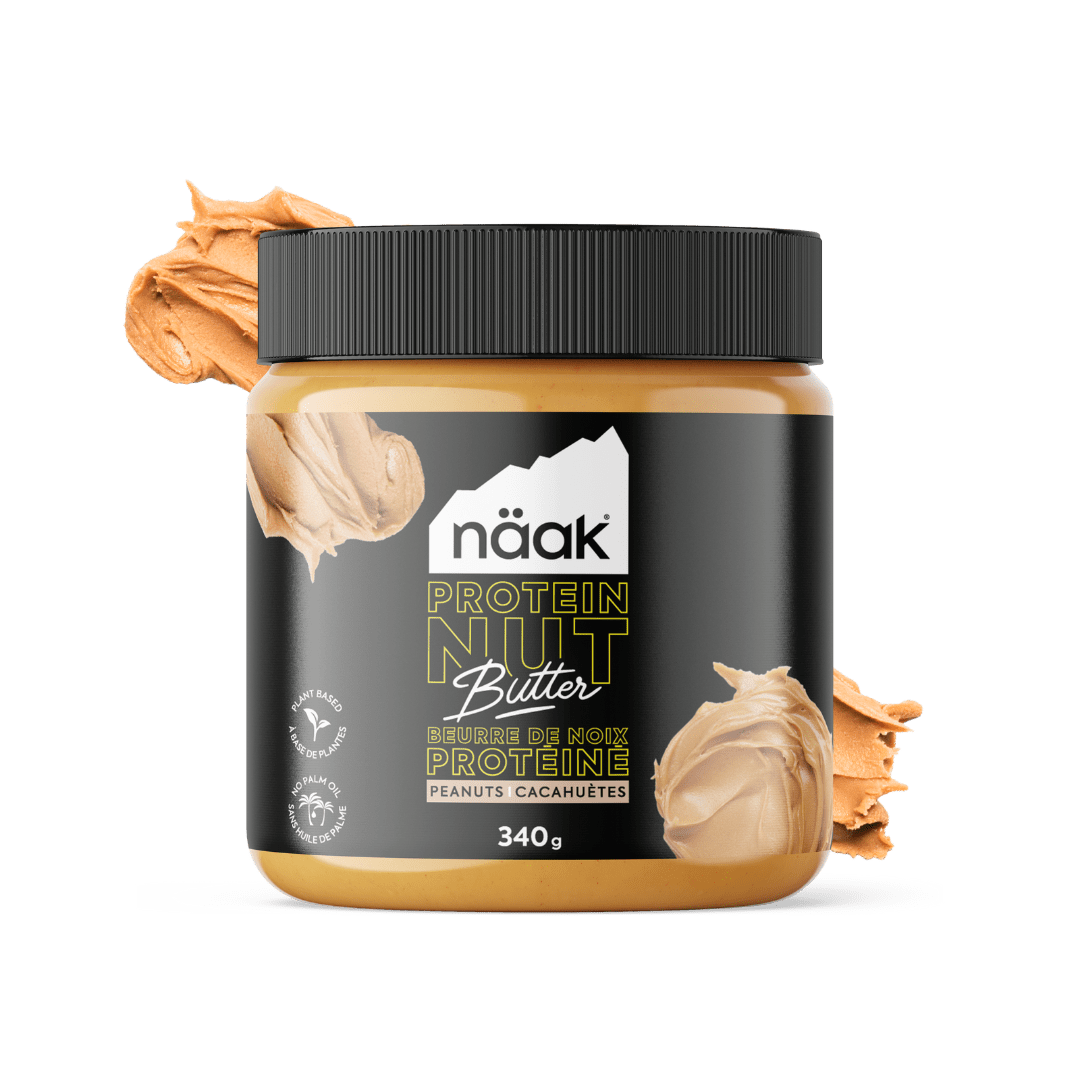
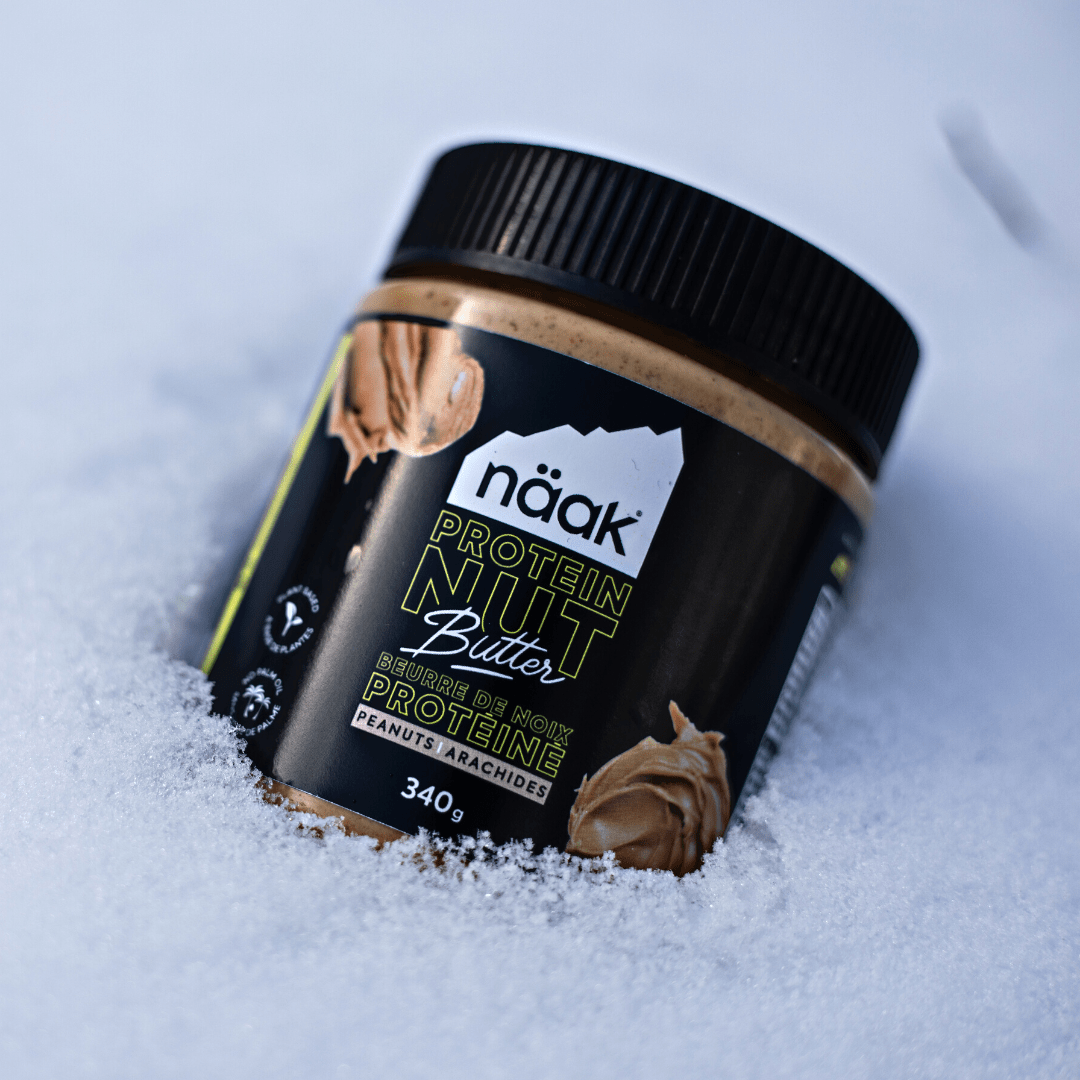
Leave a comment (all fields required)